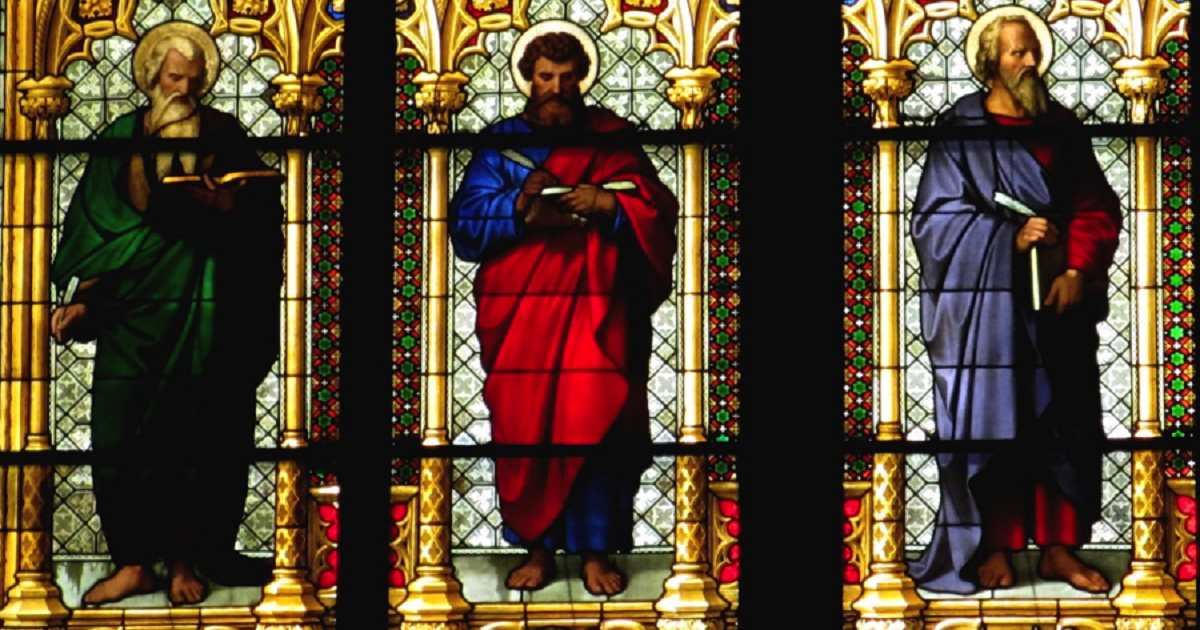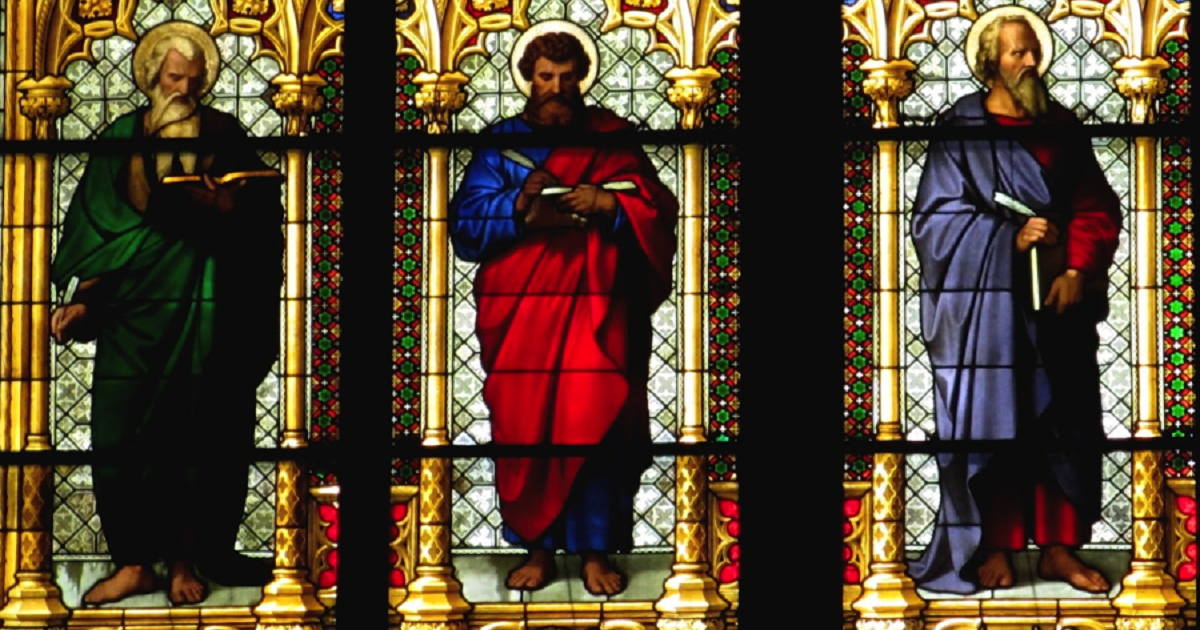
Brevity is the soul of wit.
I am a sucker for dense, concise writing–the kind that defies an editor cutting anything out, because all of it is essential to the point being made.
In one of C. H. Dodd’s earliest books, The Gospel in the New Testament, he explains primarily for Sunday school teachers (!) the background of the NT documents and their contents. When he gets to the Synoptics, I was surprised how short the chapter was (reproduced here in full), but also how helpful it was to have all three Synoptics compared in such summary fashion.
It was in the atmosphere of the First Epistle of Peter that our earliest account of the life of Jesus was composed. A credible tradition informs us that Mark was Peter’s interpreter, and set down what he remembered of Peter’s discourses concerning the life of the Lord. We need make no difficulty about accepting Mark’s picture of Jesus as substantially that which lay in the mind of the writer of the Epistle—in the mind of Peter as its inspirer if not its actual author. The words of the Epistle, “the sufferings of Christ and the glory to follow,” might well be given to Mark’s book as a motto, and its effect on the reader is surely this—”whom having not seen, ye love.” It was not for nothing that Mark chose to call his book a “Gospel.” That word had hitherto been used for the preaching of the Christian message of salvation. The First Epistle of Peter lets us see how important for that preaching is the thought of Jesus Himself as He lived and died. When Mark set out to make that thought vivid by his lifelike narrative, he felt that he was all the time preaching the Gospel.
The evangelists who followed Mark likewise put on paper the thoughts about Christ with which the early preachers of the Gospel gave substance to their message and force to their appeal. Luke, preserving the tragic and heroic in the Marcan picture, is more than Mark preoccupied with the grace of Christ as Friend and Saviour of men. In the great poems of salvation with which his book opens—the Benedictus, the Magnificat, the Nunc Dimittis, and the Gloria in Excelsis—we catch the authentic tones of the early days in Jerusalem, and detect the emotion that must have quickened the preaching whose bald outlines we read in the early chapters of the Acts of the Apostles. And the evangelist who thus introduces his theme goes on to tell stories of the Saviour which no other writer has preserved—the sinful woman forgiven, the publican Zacchaeus restored, the penitent robber consoled—and he alone gives us that immortal tale which has always been recognized as the supremely “evangelical parable,” the Prodigal Son.
In Matthew the tone is, on the whole, less warm. Christ is teacher, lawgiver, king. We shall perhaps best appreciate the significance of the book if we start from the thought of the Christian community offering its own fellowship, its own principles and way of life, to men as part of its Gospel. Matthew sets forth soberly and searchingly the laws which must govern the fellowship if it is to embody the mind and spirit of the Lord. Perhaps the enunciation of a law seems something less than a gospel; yet it opens with beatitudes, and the spirit in which it is to be received is set forth in the words—“Take My yoke upon you and learn of Me…and you shall find rest to your souls.” And certainly Matthew never leaves his readers to think that they are left with a task to be performed by themselves unaided. He alone of the evangelists gives the saying, “Where two or three are gathered together in My name, there am I in the midst of them,” and his closing words are those of the great promise, “I am with you always, even unto the consummation of the age.” The Lord Himself is the living centre of the fellowship, and makes of it a very Kingdom of God.
May we all study the Scriptures so closely and with such devotion that we also may teach in such a concise, but consummate manner.
Get Dodd’s The Gospel in the New Testament on Amazon.
If you buy it, make sure to buy the Fontes Classics edition with the cover that appears in the banner at the top of this post. Other versions are poorly reproduced images of the original book pages.


